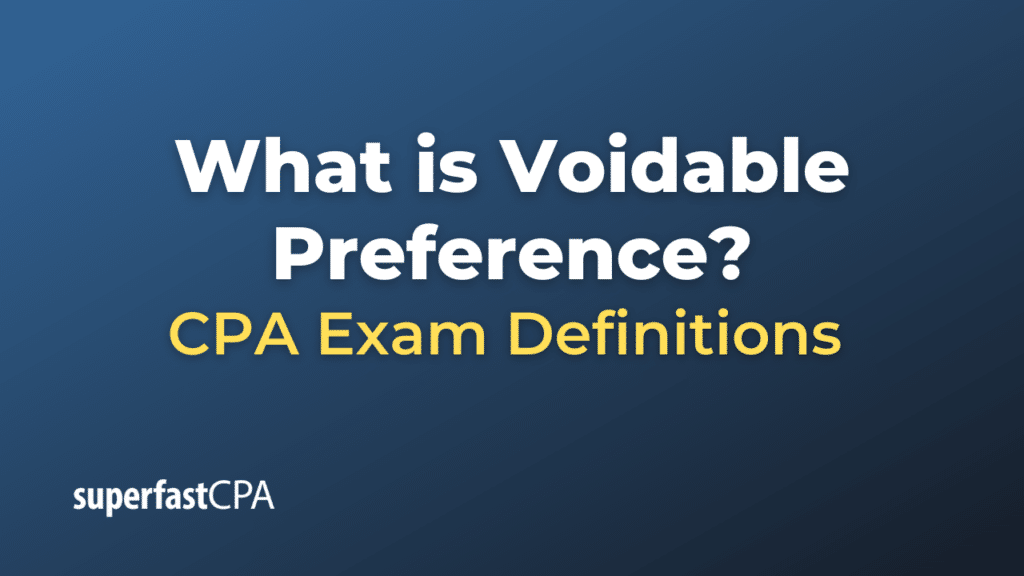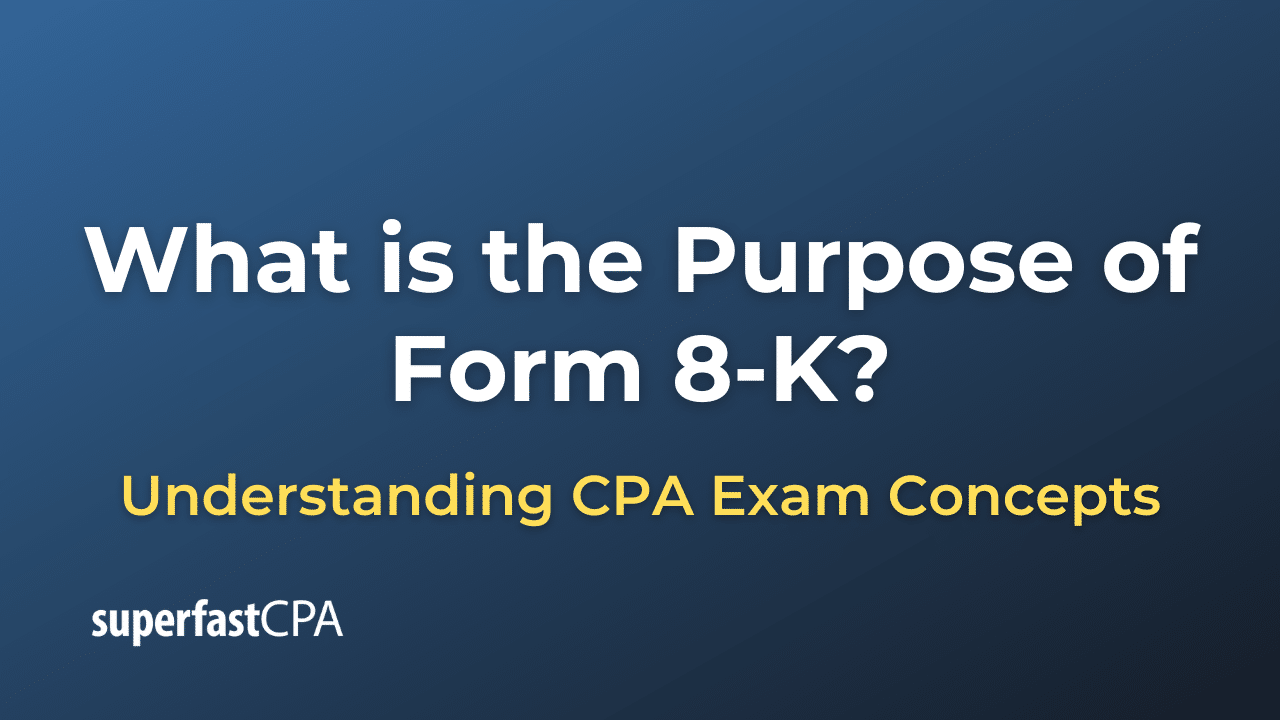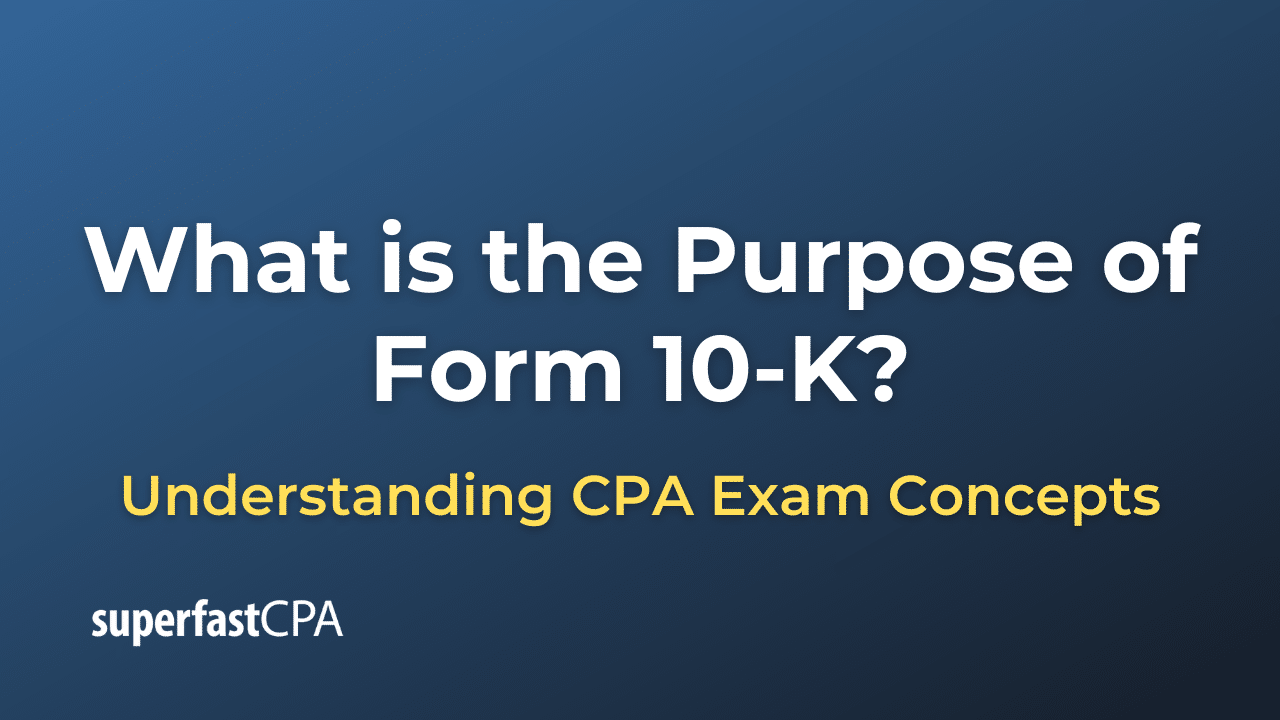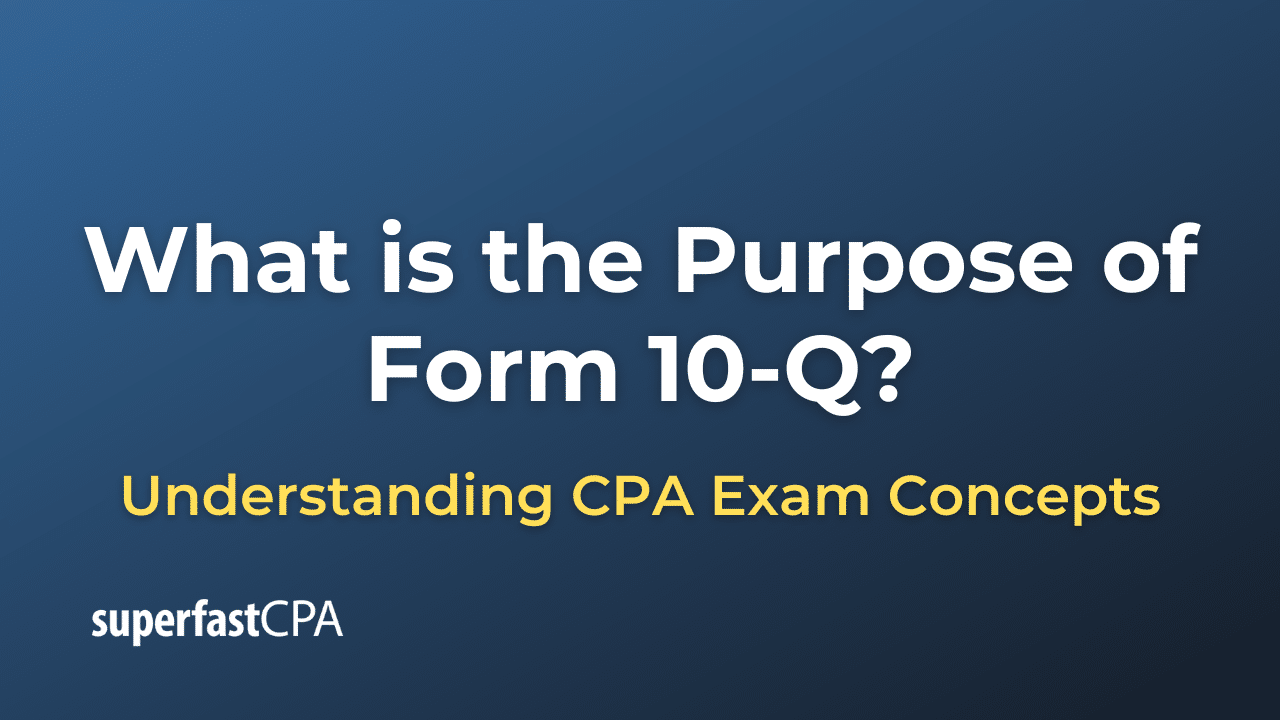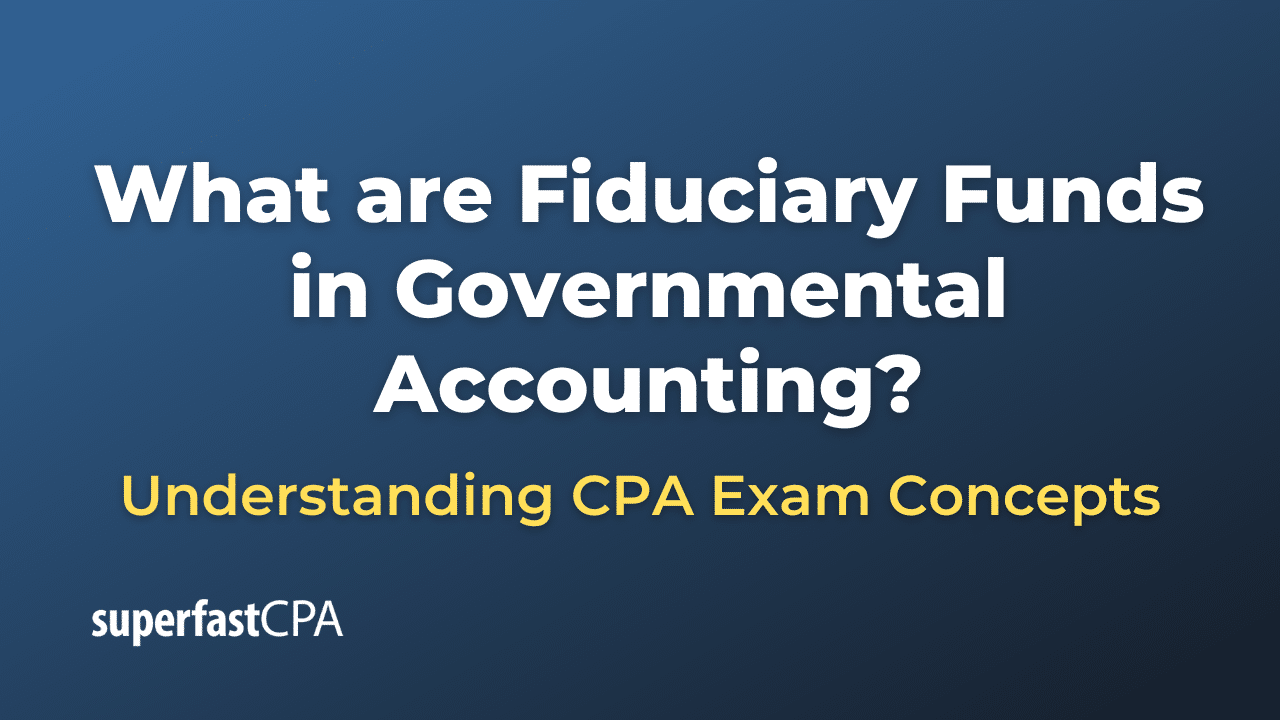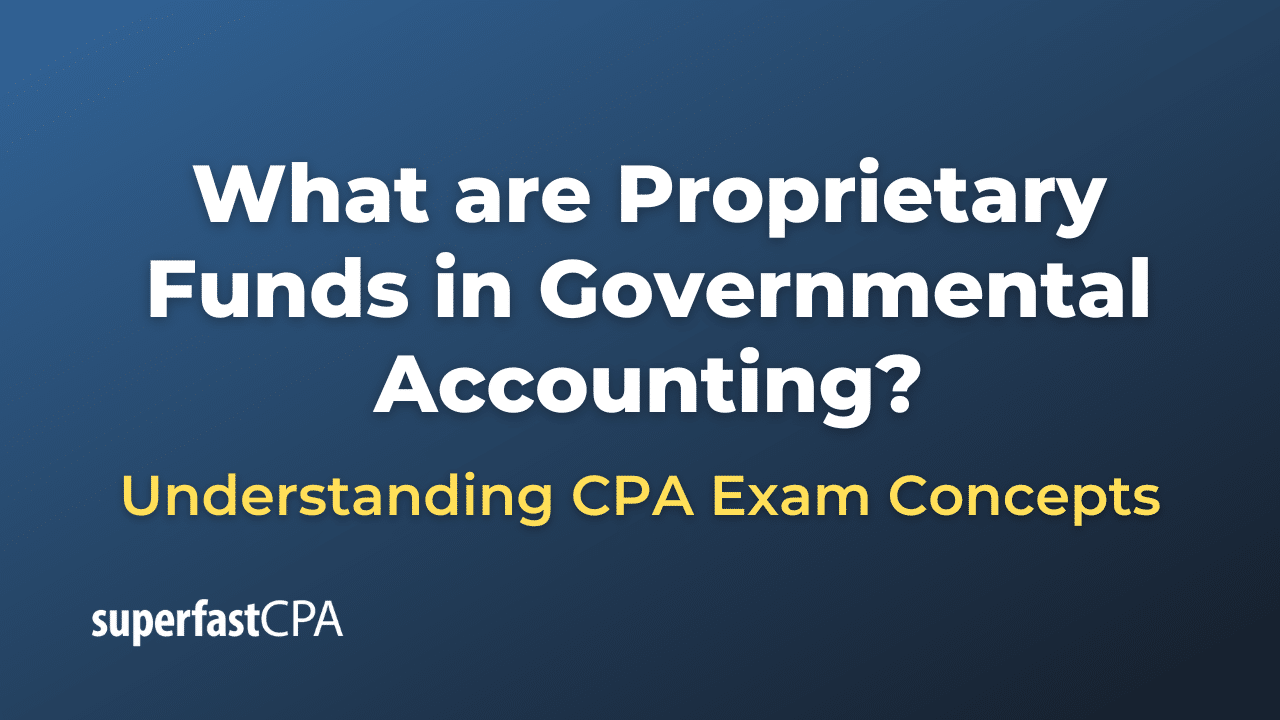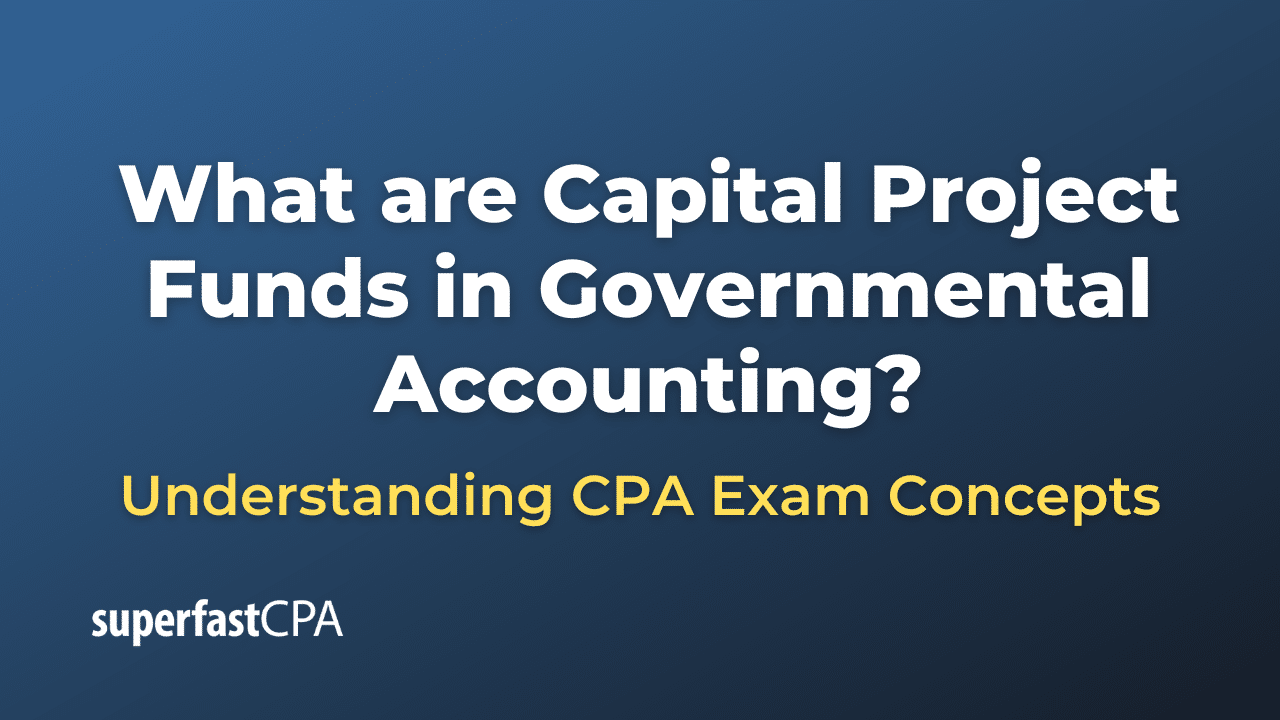Voidable Preference
In the context of bankruptcy law, a “Voidable Preference” refers to certain payments or transfers of property made by a debtor to a creditor shortly before filing for bankruptcy. The idea behind voidable preferences is to prevent the debtor from favoring certain creditors over others in the period leading up to bankruptcy. Essentially, the law tries to ensure that all creditors are treated as equally as possible when assets are distributed during the bankruptcy process.
In the United States, for example, Section 547 of the Bankruptcy Code allows the bankruptcy trustee to “avoid” (i.e., cancel) certain transfers made within 90 days before the bankruptcy filing date (or within one year if the creditor is an insider, like a family member or business partner).
Criteria for Voidable Preference
For a payment or transfer to be considered a voidable preference, generally, the following conditions must be met:
- Payment to a Creditor: The debtor must have made the payment to or for the benefit of a creditor.
- For or on Account of an Antecedent Debt: The payment must be for a debt that was incurred before the date of the transfer.
- Made While the Debtor was Insolvent: The debtor must have been insolvent at the time of the transfer or became insolvent as a result of the transfer.
- Made Within a Specified Time: The payment must have occurred within a specific period leading up to the bankruptcy filing (typically 90 days for regular creditors and one year for insiders).
- Results in Creditor Receiving More than in Bankruptcy Distribution: The transfer must result in the creditor receiving more than they would have received under a Chapter 7 liquidation.
If a transfer meets these criteria, the bankruptcy trustee can potentially void the transfer and recover the assets to be evenly distributed among all creditors according to the rules of bankruptcy distribution.
Defenses Against Voidable Preference
Creditors have several defenses against voidable preference claims, including:
- Contemporaneous Exchange: If the payment was intended as a contemporaneous exchange for new value given to the debtor (e.g., payment for goods delivered at the same time), it might not be considered a voidable preference.
- Subsequent New Value: If the creditor extended additional credit to the debtor after receiving the preference payment, some or all of the payment may be defended against avoidance.
- Ordinary Course of Business: Payments made in the ordinary course of business between the debtor and creditor may also be exempt from voidable preference rules.
Voidable preferences are a complex area of bankruptcy law, and the specific regulations and defenses may vary by jurisdiction. It’s often advisable to consult with legal experts when navigating these issues.
Example of Voidable Preference
Let’s consider a fictional example to illustrate the concept of a voidable preference in the context of bankruptcy law.
Company A is facing severe financial difficulties and is contemplating filing for bankruptcy. Despite these troubles, the company decides to pay off an outstanding debt of $50,000 to Supplier B. This payment is made 60 days before Company A files for Chapter 11 bankruptcy.
Upon filing for bankruptcy, a bankruptcy trustee is appointed to manage Company A’s case and to review its financial transactions leading up to the bankruptcy filing.
Voidable Preference Analysis
- Payment to a Creditor: Company A made a payment of $50,000 to Supplier B, a creditor.
- For or on Account of an Antecedent Debt: The payment was for a debt that existed before the date of the payment, meeting the second criteria.
- Made While the Debtor was Insolvent: Company A was financially troubled and insolvent at the time of the payment.
- Made Within a Specified Time: The payment was made 60 days before filing for bankruptcy, falling within the 90-day window commonly specified for regular creditors in U.S. bankruptcy law.
- Results in Creditor Receiving More than in Bankruptcy Distribution: Given that Company A is insolvent, Supplier B would likely receive less than the full $50,000 if the assets were distributed through the bankruptcy process. Therefore, Supplier B received more through this payment than they would have in a Chapter 7 liquidation.
Based on these points, the payment of $50,000 to Supplier B would likely be considered a voidable preference.
Actions by the Bankruptcy Trustee
The bankruptcy trustee, upon identifying this transaction as a voidable preference, would have the right to recover the $50,000 from Supplier B so that the funds can be redistributed more equitably among all of Company A’s creditors.
Potential Defenses for Supplier B
- Contemporaneous Exchange: If Supplier B can prove that the $50,000 payment was made in a contemporaneous exchange for new goods or services, they might be able to defend against the voidable preference claim.
- Subsequent New Value: If Supplier B extended further credit to Company A after receiving the $50,000, they might partially or fully offset the voidable preference amount.
- Ordinary Course of Business: If such payments were part of the regular business dealings between Company A and Supplier B, and the terms did not significantly change, Supplier B might have a defense against the claim.
The actual legal processes around voidable preferences can be complicated and may vary depending on jurisdiction, but this example offers a simplified overview of how a voidable preference might be identified and acted upon in a bankruptcy situation.

